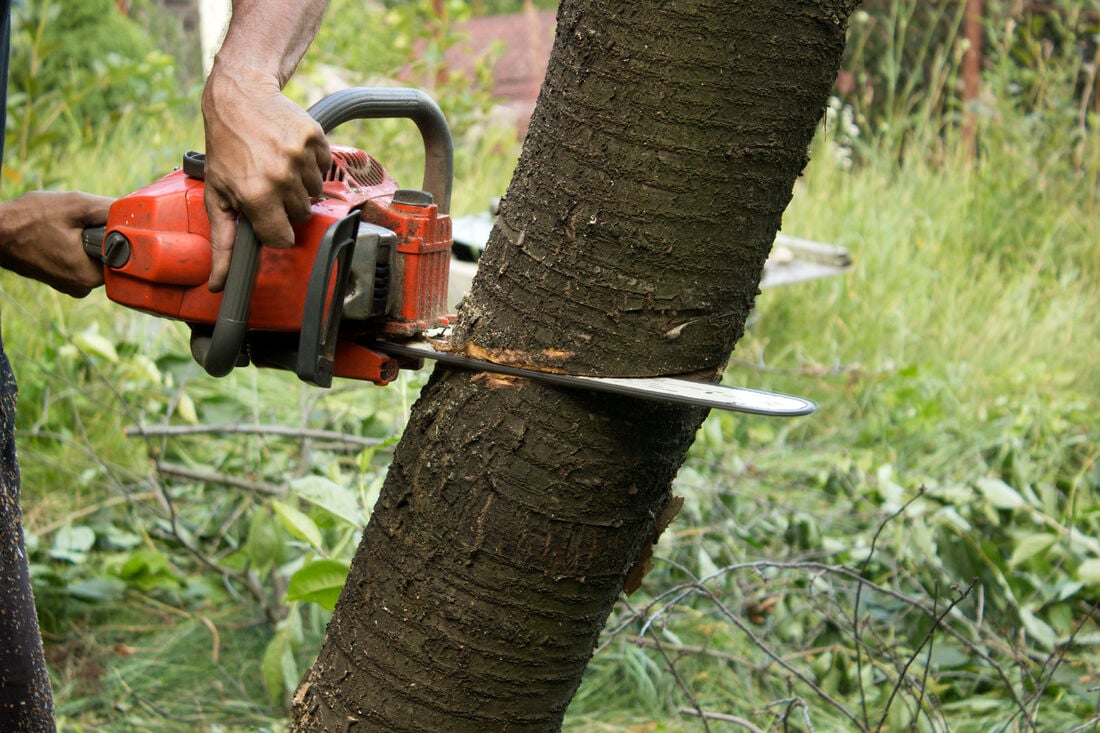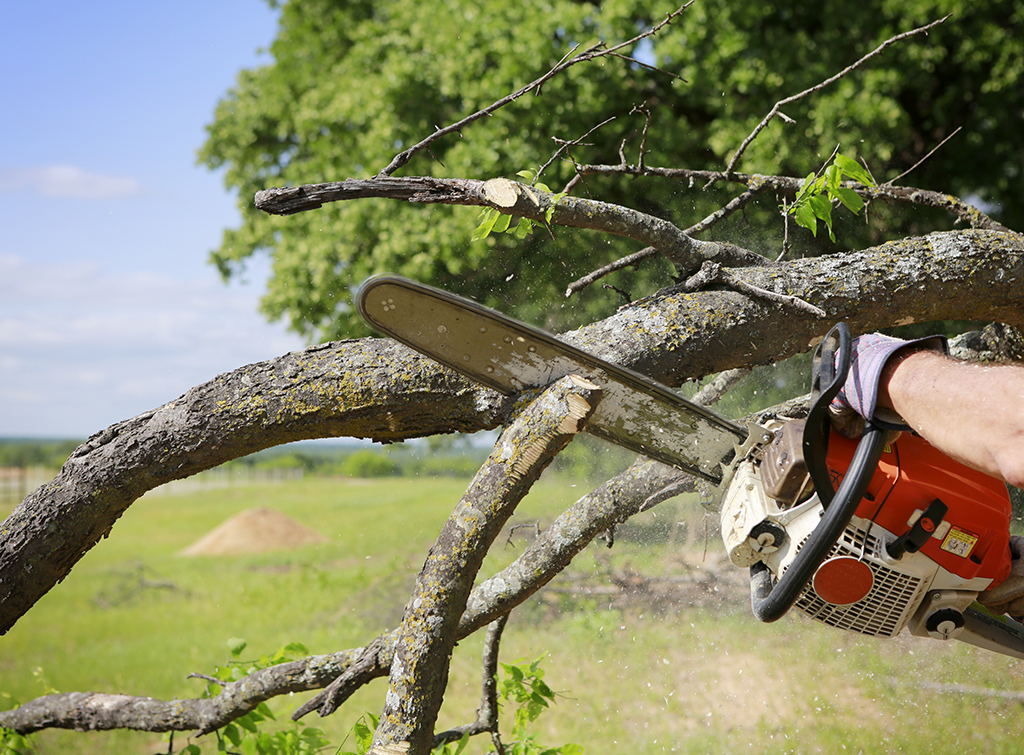Seattle, known for its lush greenery and tall trees, often has to decide on removing trees, a challenging task with various reasons ranging from safety concerns to improving property aesthetics. Especially in a city that values its green spaces, the impacts of tree removal can be far-reaching, involving legal procedures and environmental considerations.
In this article, we examine the health of at-risk trees, discussing the importance of professional tree removal Seattle assessments and identifying signs that indicate removal may be necessary. We’ll then look into the legal aspects of tree removal, highlighting the need for obtaining proper permits. We’ll also discuss the process of tree removal with professional expertise, followed by considerations for replanting to maintain Seattle’s green character. Finally, we’ll touch on the responsible disposal of tree debris, ensuring an approach that preserves the surrounding environment.

Assess the Tree’s Health
Beginning the process of tree removal requires a careful inspection of the tree’s well-being. It’s important to examine the tree for any signs of illness, pest invasion, rot, or damage to its structure, which could pose risks to safety or property. Warning signs such as unusual leaf shedding, changes in foliage color, soft areas on the trunk, or visible roots may indicate distress or declining health.
Seeking assistance from a certified arborist for an assessment adds a professional viewpoint to the evaluation. An arborist’s expertise is important as they can provide a detailed diagnosis and recommend appropriate action, whether it involves treatment or removal, based on the tree’s condition. This ensures that the decision is well-informed and considers the dynamics of the tree’s health.
Check for Permits
Understanding the legal requirements for tree removal in Seattle involves sorting through specific regulations, especially concerning protected trees. Before removing a tree, it’s important to determine if it falls under these protections, which may necessitate obtaining a permit. The Department of Construction and Inspections is the primary authority for obtaining these permits, ensuring compliance with local laws.
This step is vital not only for legal adherence but also for preserving Seattle’s ecological balance and beauty. Consulting city officials can clarify whether your tree requires a permit based on factors like its species, size, or location. Taking these precautions helps prevent potential legal issues and promotes responsible management of Seattle’s beloved green scene.
Hire a Professional Tree Removal Service
When it comes to tree removal, it’s wise to enlist the help of a professional service. This task can be risky and requires specific skills and equipment, both of which professional tree removal teams have in abundance. They are skilled at managing different scenarios and dealing with various tree species, each requiring tailored approaches based on factors like size, structure, and location.
These professionals come prepared with the necessary tools and safety protocols to carry out tree removal efficiently and safely, reducing the chances of accidents or property damage. Choosing a professional service not only improves safety but also ensures that the removal process complies with local environmental regulations, making it a smart decision for homeowners and businesses.

Consider Tree Replacement
When considering tree removal, especially for aesthetic reasons, it’s wise to think about replacing it with a new species suited to Seattle’s unique climate and soil. Planting a new tree can maintain both your property’s visual appeal and the environmental benefits trees provide, like air purification and habitat support.
Choosing a tree species that thrives in Seattle’s weather and soil conditions is a must. Consulting local arborists or utilizing resources at gardening centers specializing in the Pacific Northwest environment can be helpful. This ensures the preservation of the local ecosystem and continued enjoyment of your property’s natural beauty.
Dispose of Tree Debris Properly
After a tree is removed, it’s important to dispose of the debris responsibly with the environment in mind. Recycling the wood is a great option; it can often be repurposed into mulch or used in construction projects, which helps in managing waste effectively. Composting smaller branches is another eco-friendly choice that enriches the soil and supports plant growth in the garden.
If dealing with the debris feels overwhelming, you might consider hiring a professional disposal service familiar with eco-friendly practices. These services ensure that tree remnants are handled properly, in line with Seattle’s commitment to environmental sustainability, which is an important consideration after tree removal.
The decision to remove a tree in Seattle should be thoughtful, balancing safety and environmental concerns. Begin with a thorough assessment by an arborist to determine if removal is necessary or if the tree can be saved. Make sure to follow local regulations by obtaining any required permits, especially for protected trees. Hiring professional tree removal services ensures efficiency and safety, safeguarding both property and people. If removal is for aesthetic reasons, consider replacing the tree to maintain the environmental benefits and beauty of your property. Lastly, responsibly dispose of tree debris by recycling or using professional services to uphold Seattle’s environmental values. These steps collectively ensure a conscientious approach to tree removal, aligning with both legal and ecological standards in Seattle.






